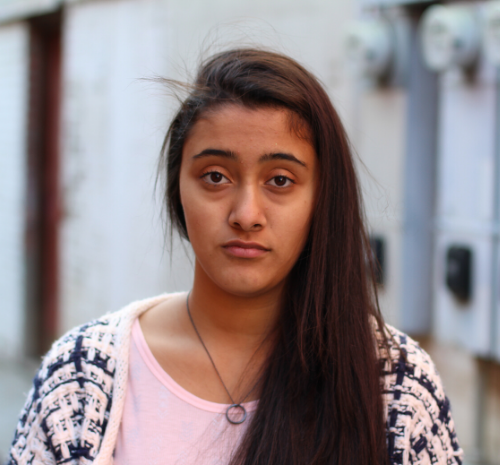What do you notice when your teen feels depressed?
Isolation?
Withdraw?
Intense crying?
Increased self-harm?
These are typical responses when feeling sadness and often the urges our teens tend to do. These responses and actions can actually be harmful ways for our teens to experience the pain they are feeling.
In DBT, we work with our teens on practicing a skill called Opposite Action. This is when teens try to engage in the complete opposite of what they typically do when feeling a specific emotion. Opposite action is when we do the opposite of our hard-wired urge to help have more positive outcomes.
So how does this work? How can we have our teens try “doing the opposite”? What does this look like? Try walking through these next few steps with your teens or role playing how this would look like to prepare and plan ahead of time.
First, have your teen identify how they feel. If they are feeling sad, it is important for them to recognize they are feeling sadness in the moment.
Second, ask your teen what urges they have? Do they just want to isolate in their room? Go to sleep? Be left alone? Identify it.
Next, evaluate the situation. Does the emotion of sadness fit the facts? Did your teen just lose an important sports game? Or fail a test? Or maybe just went through a break up? Then of course they may feel an increase in sadness.
If the emotion fits the facts, work with your teen to see if they want to change how they feel in the moment. If that is the case, explore opposite actions of sadness. This typically looks like:
Getting active
Approaching the situation, not avoiding it
Increasing pleasant activities
This may be a trial and error but trying to engage in pleasant and active activities can help our teens regulate their emotions and allow the emotion to come and go, rather than holding on to it for too long.
